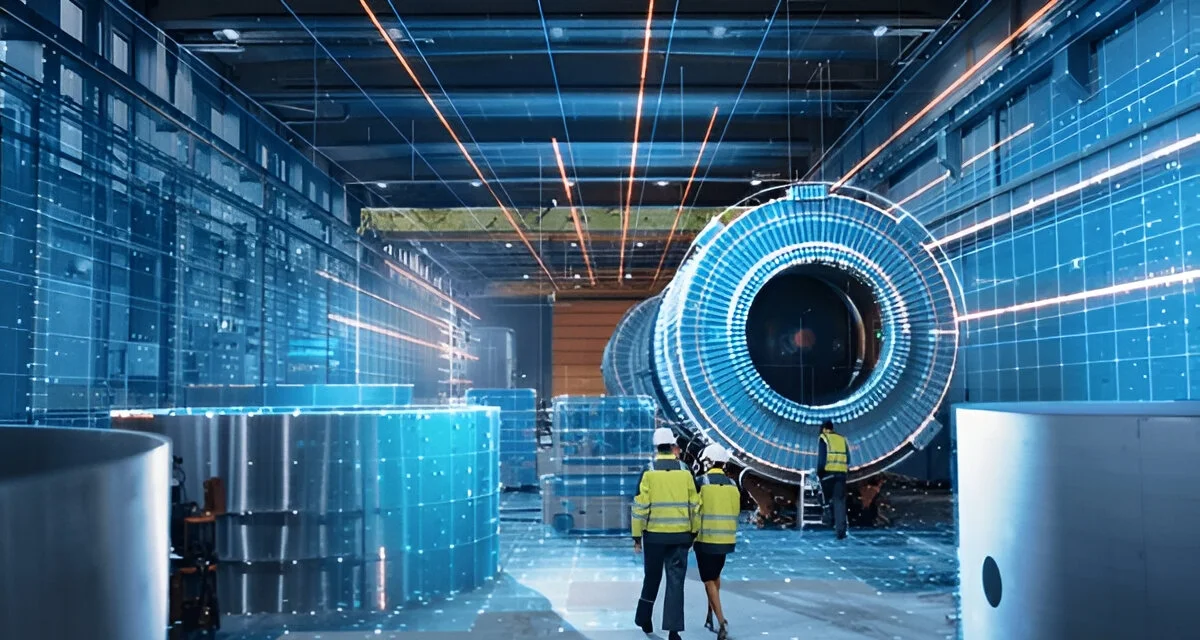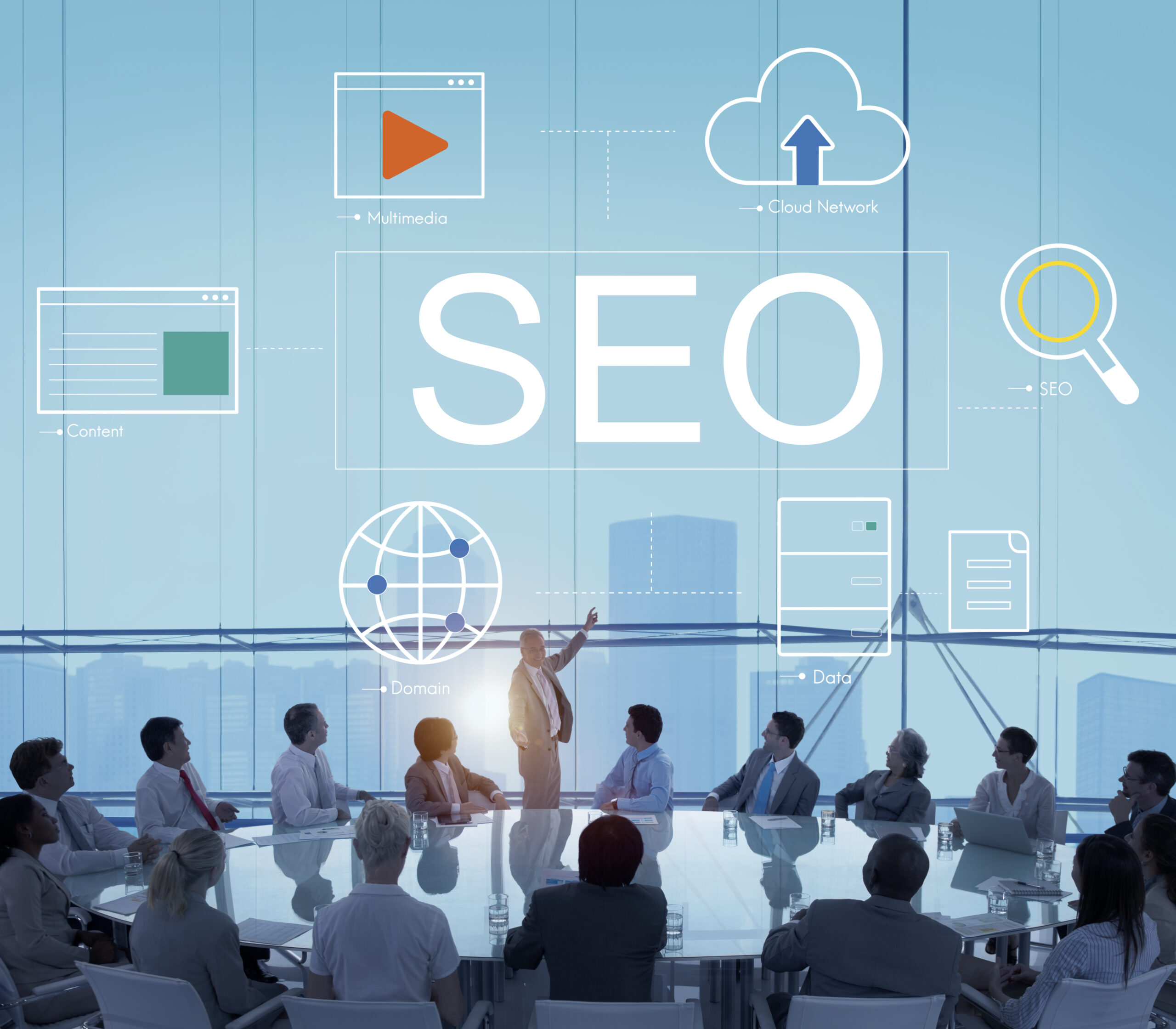The manufacturing industry is undergoing a historic transformation, and at the heart of this evolution are Industrial IoT (IIoT) apps. With the rise of smart factories, AI-driven analytics, and blockchain-backed transparency, manufacturers in 2025 are leveraging IIoT apps to achieve unprecedented efficiency, accuracy, and scalability.
In this blog, we’ll explore how IoT app development services are powering the next phase of manufacturing—and what’s Next for AI, IoT, and Blockchain in 2025.
What Is Industrial IoT (IIoT)?
Industrial IoT refers to the use of connected devices, sensors, and applications in industrial sectors—especially manufacturing. These apps collect, analyze, and transmit data in real-time to optimize everything from machine performance to energy consumption and product quality.
Key Ways IIoT Apps Are Transforming Manufacturing in 2025
1. Real-Time Asset Monitoring and Predictive Maintenance
Gone are the days of reactive repairs. In 2025, IIoT apps embedded with machine learning can:
- Monitor machine health in real time
- Predict potential failures
- Automatically schedule maintenance
This reduces downtime by over 40% in smart factories and helps extend the lifecycle of expensive equipment.
2. Smart Automation and Robotics Integration
Modern manufacturing lines are using IIoT-powered apps to:
- Control collaborative robots (cobots)
- Automate repetitive tasks
- Improve precision in assembly and packaging
Combined with AI, this results in hyper-efficient production with minimal human intervention.
3. Blockchain for Supply Chain Transparency
One of the most exciting trends in 2025 is the convergence of IoT, AI, and Blockchain:
- IoT sensors track goods in real-time
- Blockchain ensures data authenticity
- AI predicts supply chain disruptions
This trio enables secure, traceable, and efficient logistics, especially for global manufacturers managing complex inventories.
4. Energy Optimization and Sustainability
Manufacturers are under increasing pressure to reduce their carbon footprint. IIoT apps enable:
- Real-time energy monitoring
- Smart HVAC and lighting control
- Carbon emission analytics dashboards
This leads to greener operations and helps meet ESG goals.
5. Factory Digital Twins and Simulation
IIoT apps are now integrated with digital twin technology. Manufacturers can create a virtual replica of the production line to:
- Simulate changes before implementing them
- Predict outcomes of process adjustments
- Improve product quality and reduce waste
This is a game-changer for agile and lean manufacturing strategies.
The Role of IoT App Development Services in 2025
Custom IoT app development services are enabling manufacturers to build tailored solutions that meet their exact production needs. These services offer:
- Custom dashboards and analytics tools
- Secure edge and cloud integrations
- AI- and ML-powered decision-making systems
- Interoperability with existing ERP and MES platforms
Whether it’s a small-scale factory or a multinational operation, developers are building scalable and secure IIoT apps that deliver ROI in real-time.
What’s Next for AI, IoT, and Blockchain in 2025?
The convergence of AI, IoT, and blockchain is setting the stage for even more revolutionary changes:
- Self-healing factories using AI-powered diagnostics
- Decentralized manufacturing networks with smart contracts
- Fully autonomous production cycles with real-time adaptation
Companies that invest in these integrated technologies today will dominate the intelligent manufacturing landscape tomorrow.
Final Thoughts
The Industrial IoT revolution is no longer a prediction—it’s the reality of 2025. As manufacturers face growing demands for speed, quality, and sustainability, IoT app development services are key to unlocking the next era of growth and innovation.
Whether you’re modernizing legacy systems or building a smart factory from scratch, now is the time to harness the combined power of IIoT, AI, and Blockchain to stay competitive in the global marketplace.



